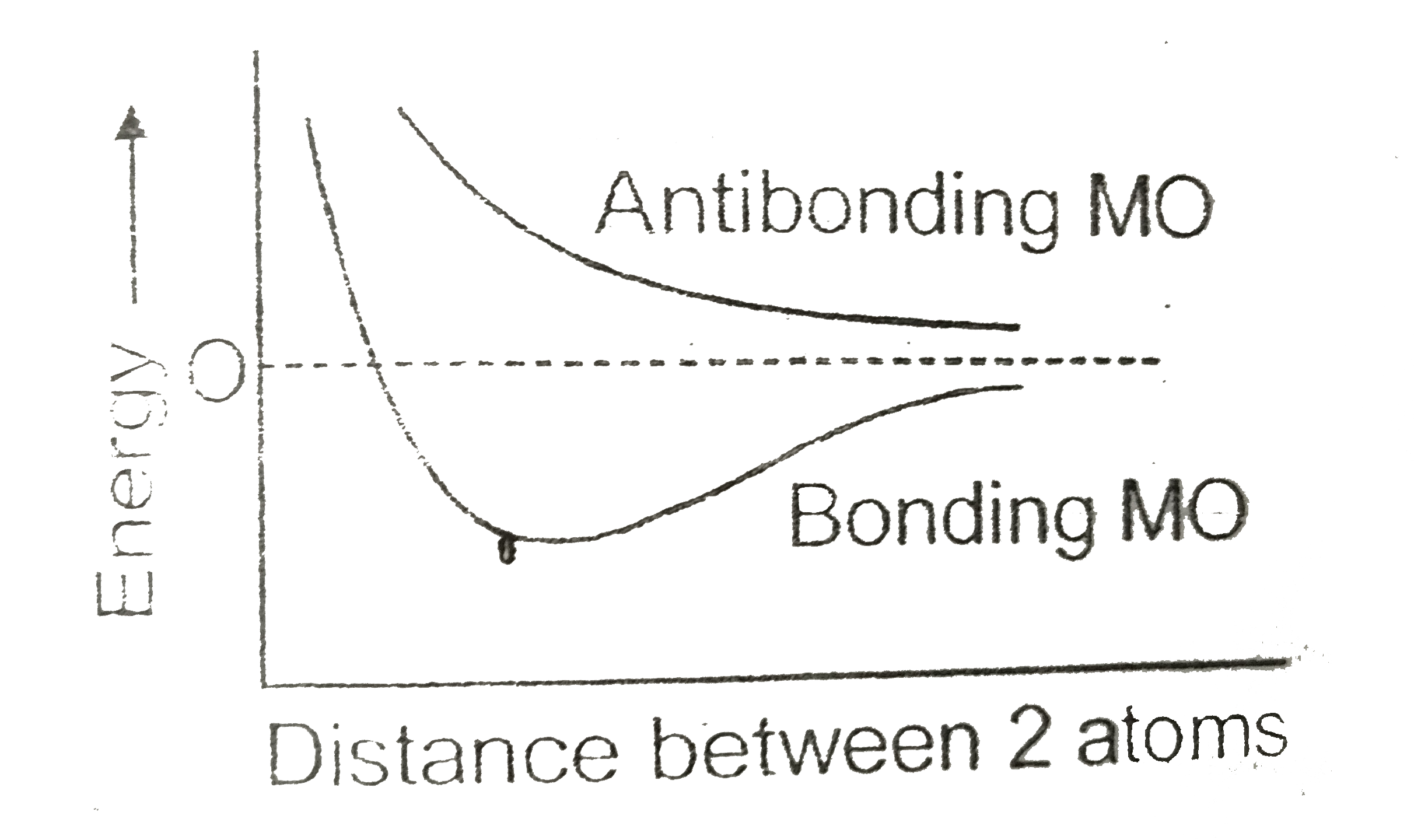MOT
Step by step video & image solution for MOT by Chemistry experts to help you in doubts & scoring excellent marks in Class 12 exams.
Knowledge Check
- Question 1 - Select One
In the circuit shown the resistance of voltmeter is 10,000 ohm and that of ammeter is 20 ohm. The ammeter reading is 0.10 Amp and voltmeter reading is 12 volt. Then R is equal to
(##MOT_CON_NEET_PHY_C22_E01_003_Q01.png" width="80%">A122ΩB140ΩC116ΩD100Ω - Question 1 - Select One
In the following figure, the p.d. between the points M and N is balanced at 50 cms length. The length in cms, balancing for the p.d. between points N and C will be –
(##MOT_CON_NEET_PHY_C22_E01_034_Q01.png" width="80%">A40B100C75D25 - Question 1 - Select One
Shown in the figure are the displacement time graph for two children going home from the school. Which of the following statements about their relative motion is true after both of them started moving ? Their relative velocity:
(##MOT_CON_NEET_PHY_C23_E01_043_Q01.png" width="80%">Afirst increases and then decreasesBfirst decreases and then increasesCis zeroDis non zero constant - Question 1 - Select One
The p.d. between A and B is balanced at 2.036 m length of the potentiometer wire. When the balancing length between A and C is 0.246 m, then between C and B will be.
(##MOT_CON_NEET_PHY_C22_E01_033_Q01.png" width="80%">A1.79B2.79C0.79D2.49 - Question 1 - Select One
In a potentiometer arrangement shown in fig. The balancing length for p.d. across xy points is found to be 45.5cm. Then the balancing length for p.d. across (Y) and (Z) would be
(##MOT_CON_NEET_PHY_C22_E02_010_Q01.png" width="80%">A45.50cmB56.87cmC36.40cmDnone of the above - Question 1 - Select One
According to MOT, two atomic orbitals overlap resulting in the formation of molecular orbital formed. Number of atomic orbitals overlapping together is equal to the molecule orbital formed. The two atomic orbital thus formed by LCAO (linear combination of atomic orbital) in the phase or in the different phase are known as bonding and antibonding molecular orbitals respectively. The energy of bonding molecular orbital is lower than that of the pure atomic orbitals by an amount Δ. This known as the stabilization energy. The enerby of antibonding molecular orbital in increased by Δ' (destabilisation energy).
Q. If x-axis is the molecular axis, then π-moleulcar orbitals are formed by the overlap of :AS+pxBpx+pyCPz+pxDpx+px - Question 1 - Select One
According to MOT, two atomic orbitals overlap relsulting in the formation of molecular orbital. Number of atomic orbitals overlapping together is equal to the molecular orbital formed. The two atomic orbital formed by LCAO (linear combination of atomic orbital) in the same phase or in the different phase are known as bonding and antibonding molecular orbitals respectively. theenergy of bonding molecular orbital is less than that of the pure atomic orbital by an amount Δ. this is known as the stabilization energy. the energy of antibonding molecular orbital is increased by 'Δ' (destabilisation energy)
Which among the following pairs contain both paramagnetic speciesAO2−2 and N−2BO−2 and N2CO2 and N2DO2 and N−2 - Question 1 - Select One
According to MOT, two atomic orbitals overlap relsulting in the formation of molecular orbital. Number of atomic orbitals overlapping together is equal to the molecular orbital formed. The two atomic orbital formed by LCAO (linear combination of atomic orbital) in the same phase or in the different phase are known as bonding and antibonding molecular orbitals respectively. theenergy of bonding molecular orbital is less than that of the pure atomic orbital by an amount Δ. this is known as the stabilization energy. the energy of antibonding molecular orbital is increased by 'Δ' (destabilisation energy)
The bond order of N−2 is equal to that ofAO2BO2−2CO+2DNone
Similar Questions
Molecular orbital (MOT) the atoms in a molecule are supposed to loose their individual control over the electrons . The nuclei of the bonded atoms are considered to be present at equilibrium in inter-nuclear positions . The orbitals where the probability of finding electrons is maximum are multicentred orbitals called molecular orbitals extending over 2 or more nuclei when a pair of atomic orbitals combine and give rise to a pair of molecular MO's in internuclear region but decreased for antibonding MO's . Shielding of the nuclei by-increased electron density in bonding MO's reduces inter nuclear repulsion & thus stabilizes the molecule whereas lower electron density in antibonding MO's increases the repulsion and destabilises the system .

Which of the following species have identical value of bond order ?View SolutionMolecular orbital (MOT) the atoms in a molecule are supposed to loose their individual control over the electrons . The nuclei of the bonded atoms are considered to be present at equilibrium in inter-nuclear positions . The orbitals where the probability of finding electrons is maximum are called molecular orbitals extending over 2 or more nuclei when a pair of atomic orbitals combine and give rise to a pair of molecular MO's in internuclear region but decreased for antibonding MO's . Shielding of the nuclei by-increased electron density in bonding MO's reduces inter nuclear repulsion & thus stabilizes the molecule whereas lower electron density in antibonding MO's increases the repulsion and destabilises the system .

Which of the following is the correct order of bond strength of given species ?View Solution

